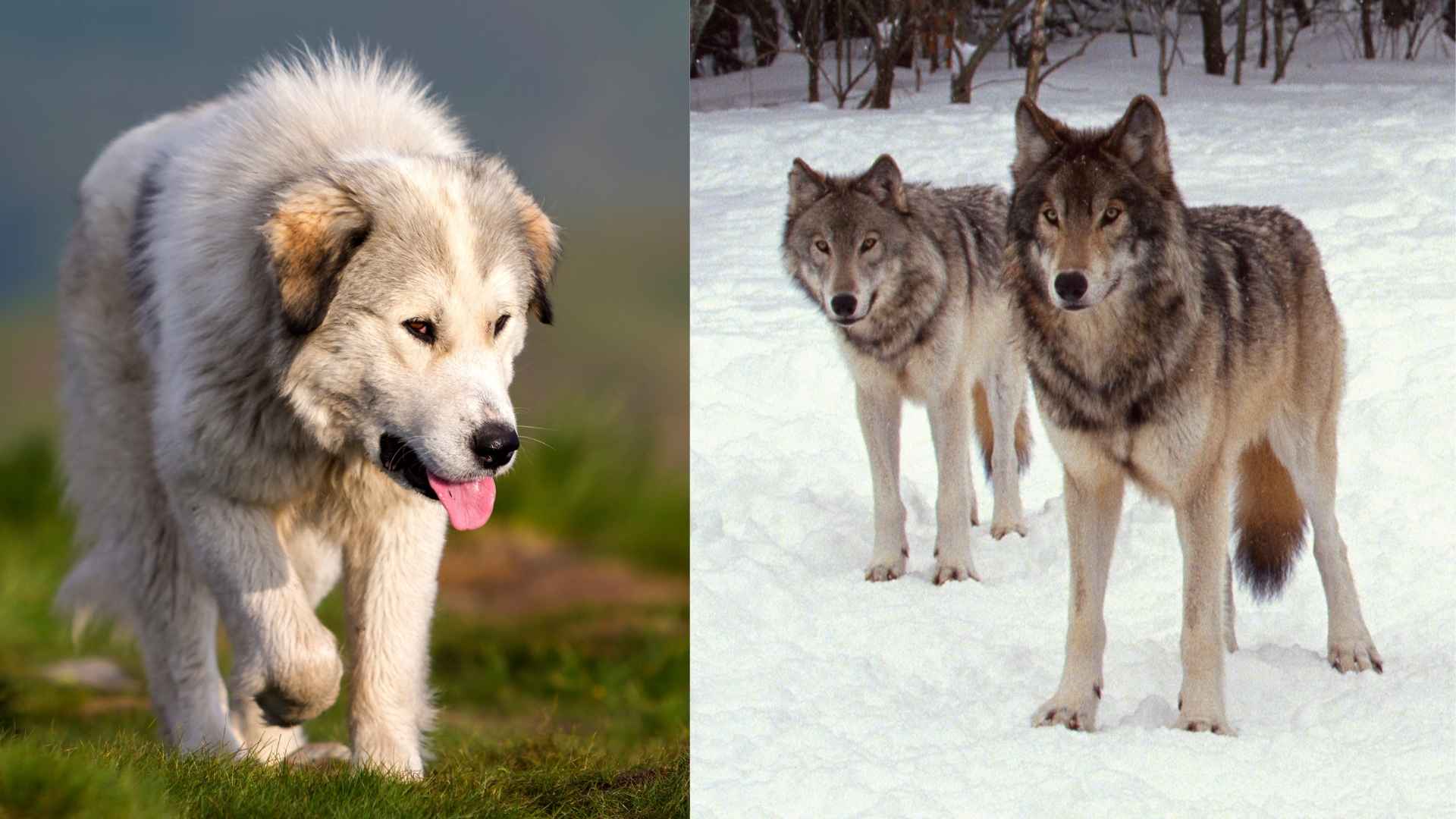Most dogs are content chasing tennis balls. These dogs? They chased wolves. Not metaphorically—literally. These breeds were bred to work in teams, guard livestock, and fearlessly confront apex predators. Talk about having “main character energy.”
Throughout history, these courageous canines formed the last line of defense between vulnerable herds and real danger. Whether working in freezing mountain ranges or vast open plains, these dogs relied on their pack instincts, loyalty, and raw power to stand their ground—and sometimes, push the threat back.
Still today, these breeds carry the confidence and protective instincts of their ancestors. They’re not just strong—they’re strategic. If you’re looking for a companion that’s equal parts guardian, packmate, and living legend, you’ve come to the right place.
These are not your average pups. These are battle-tested, legacy-built guardians with hearts as big as their courage. Ready to meet the breeds who once chased down wolves—and might still volunteer if given the chance?
Dog Breeds That Chase Down Wolves In Packs
1. Kuvasz
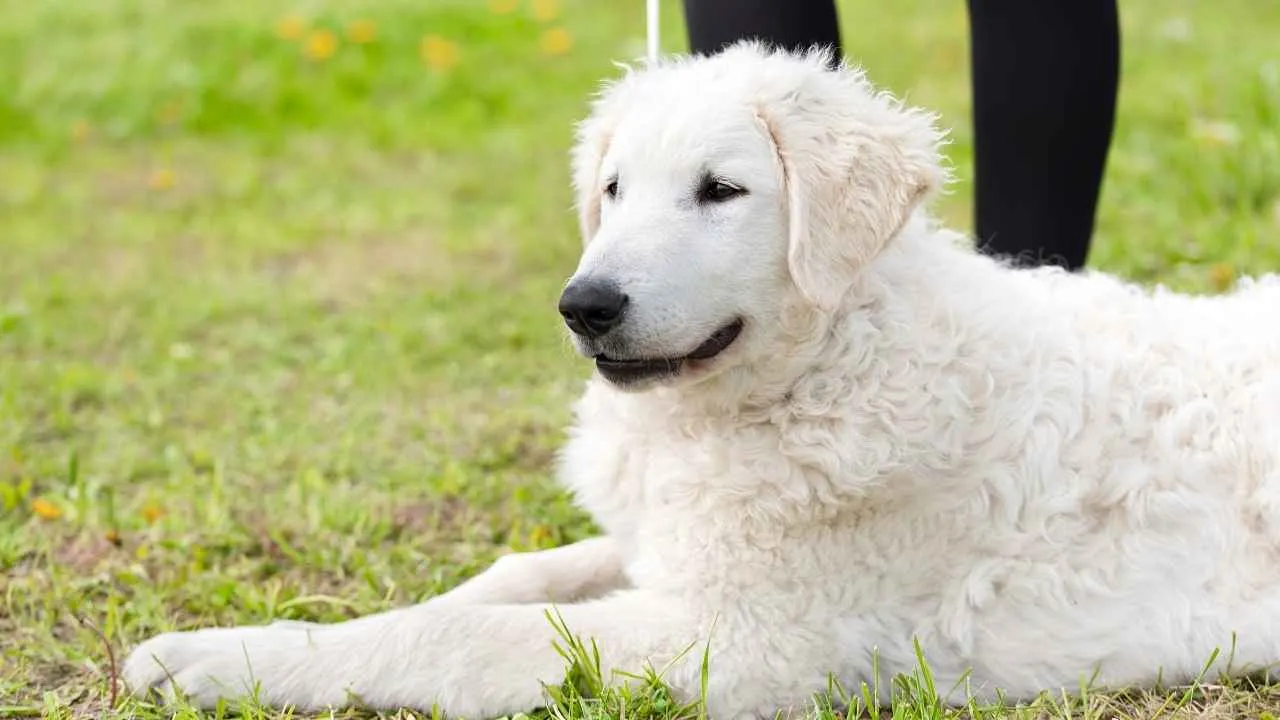
Don’t let that cloud-white coat fool you — the Kuvasz is a stealthy, no-nonsense protector bred to stare danger (aka wolves) right in the face.
Originating from Hungary, this ancient livestock guardian blends grace with grit. In the field, the Kuvasz doesn’t just bark warnings — they act, often teaming up with other Kuvaszok (yes, that’s plural!) to form a wolf-repelling squad.
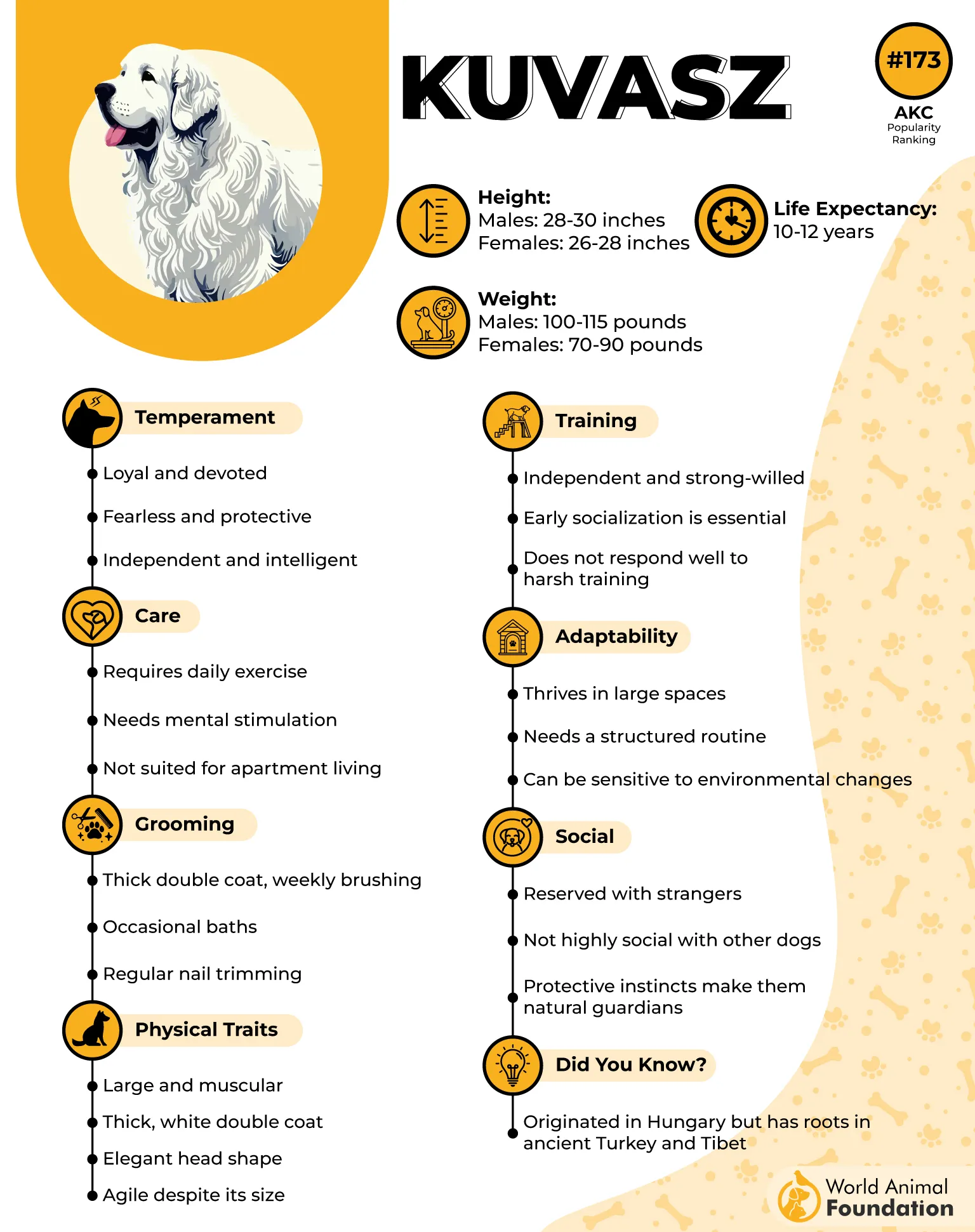
As per Wikipedia, they were traditionally used as royal guard dogs or livestock protectors, but over the past seventy years, they’ve become increasingly popular as household pets.
They’ve guarded sheep for centuries, and while their loyalty is legendary, they’re also deeply independent thinkers. That means they don’t need constant micromanagement — just a job, a flock (or family), and space to roam.
Quick Traits:
Stealth Mode: Their white coat blends perfectly with sheep, so wolves don’t see them coming.
Team Player: Known to work in coordinated packs to ward off predators.
Family-Focused: Protective yet gentle with their humans.
Free Spirit: Needs consistent training and leadership — they ain’t clingy.
This majestic fluffball is equal parts noble knight and silent sentinel — a true working-class hero who’ll guard your flock (or backyard) with unshakable resolve.
2. Komondor
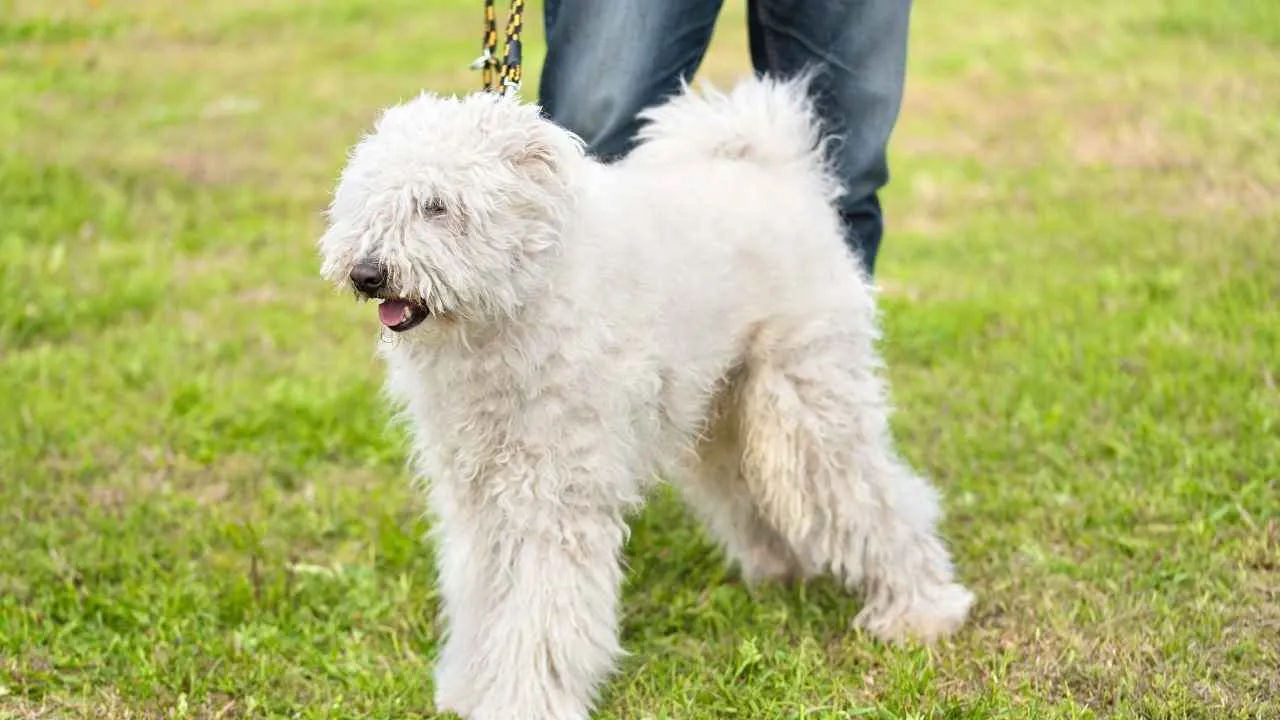
At first glance, the Komondor looks like a mop with a mission… but don’t laugh — this dreadlocked legend is a wolf-chasing beast wrapped in a shaggy disguise.
Hailing from Hungary, the Komondor was bred to guard sheep with one goal in mind: keep the wolves out, or chase them down if they dare step in.
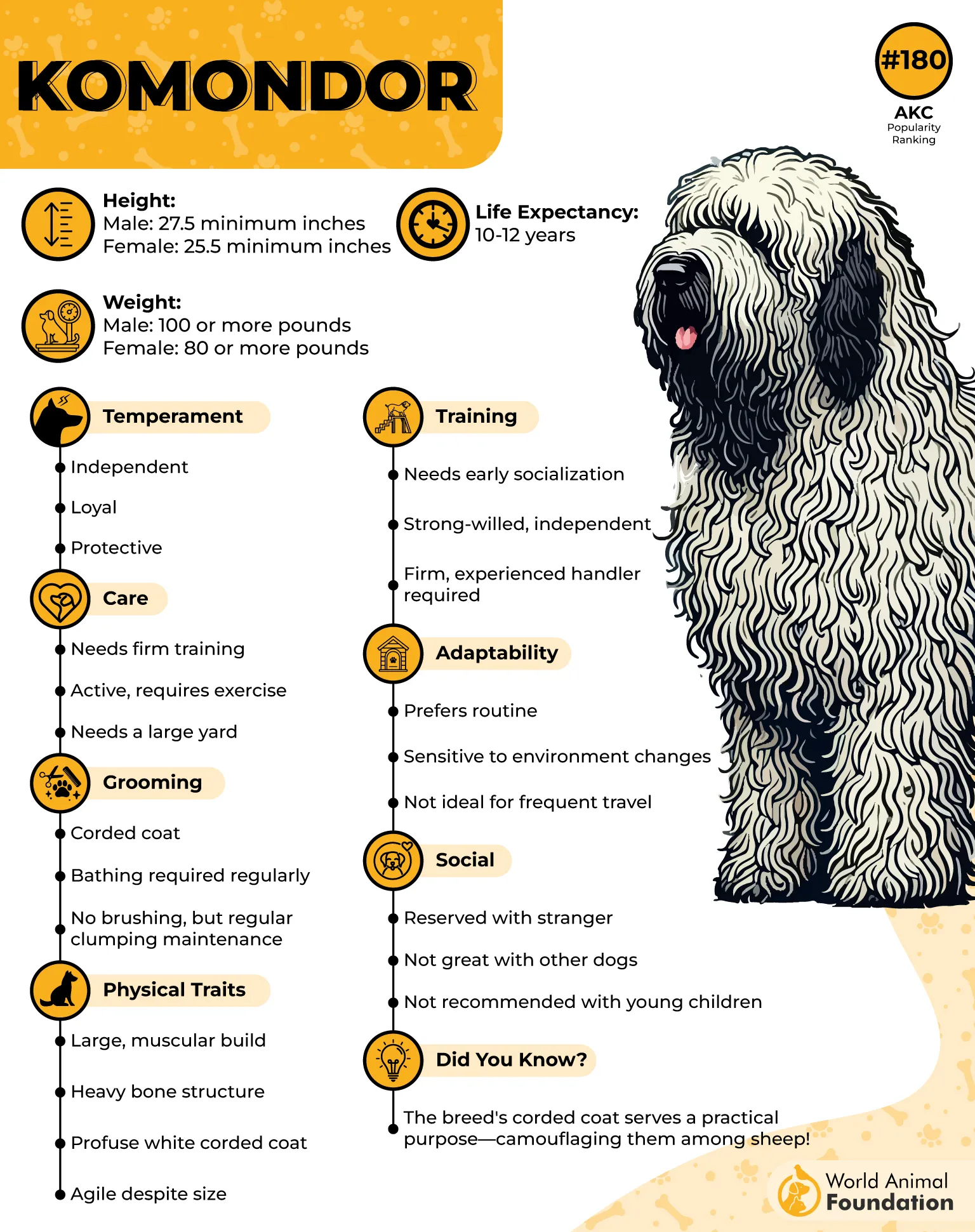
Komondors are large, powerful dogs, instantly recognizable by their distinctive white corded coats that resemble dreadlocks. Their imposing size and natural guarding instincts have long made them popular as protective companions.
Their signature cords aren’t just for style — they’re functional armor against bites and the cold. Underneath that living rug is a muscular, agile, and fearless guardian that works best in packs with others of its kind. You do not want to be the predator testing their patience.
Quick Traits:
Corded Camouflage: Those thick dreadlocks help them blend with the flock (and deflect teeth!).
Fearless Pack Hunter: In numbers, Komondors form a powerful anti-wolf task force.
Night Shift Boss: Most alert and vocal at night when predators prowl.
Independent Thinker: They respect confident leaders, not pushovers.
These dogs are full of energy and require consistent, varied training to stay sharp, both physically and mentally. Fiercely loyal and incredibly alert, Komondors are fearless guardians who won’t hesitate to stand their ground—even against larger breeds, says WebMD.
Think of the Komondor as a combination of a security system, a ninja, and a shag rug that means business. He’s not here for fetch. He’s here to protect.
3. Tibetan Mastiff
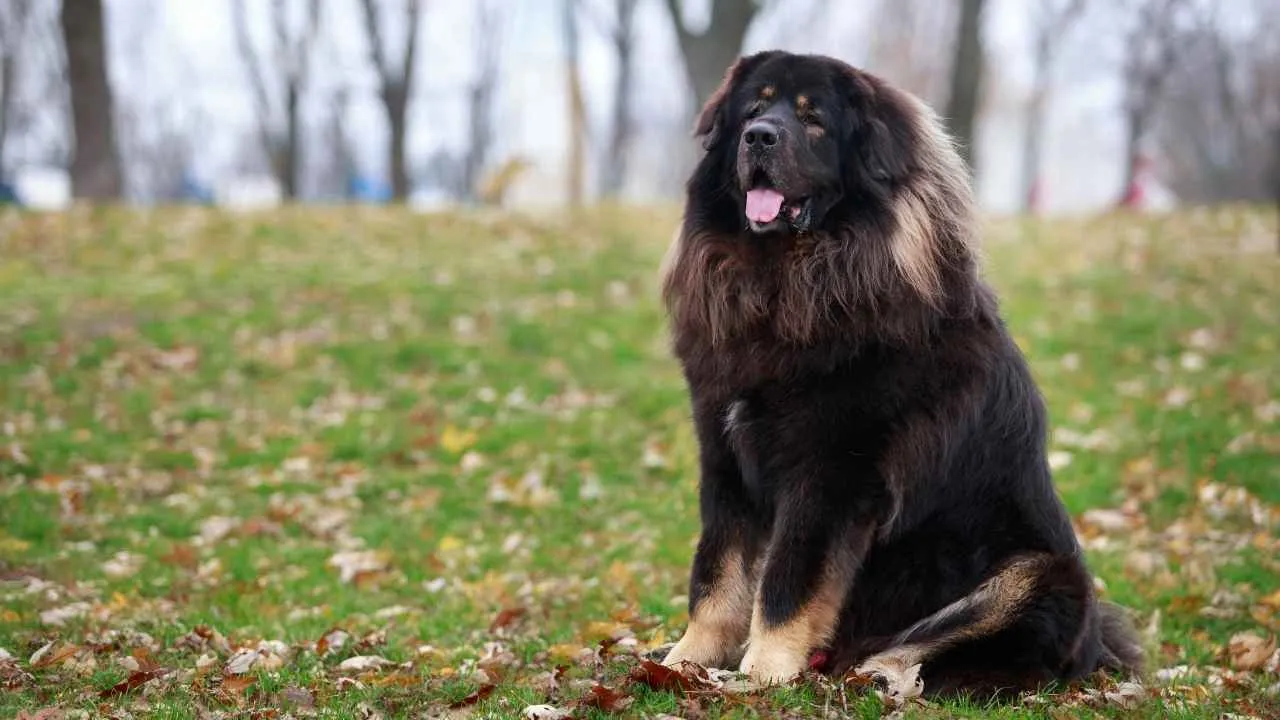
The Tibetan Mastiff didn’t come here to play tug-of-war or learn parlor tricks. This ancient giant was bred in the Himalayas to defend flocks, families, and entire monasteries from wolves, leopards, and yes—even bears.
This isn’t your average floof. By day, the Tibetan Mastiff might nap like a Zen master. But by night? He’s a ferocious, territorial sentinel who can move like a freight train if he senses a threat.
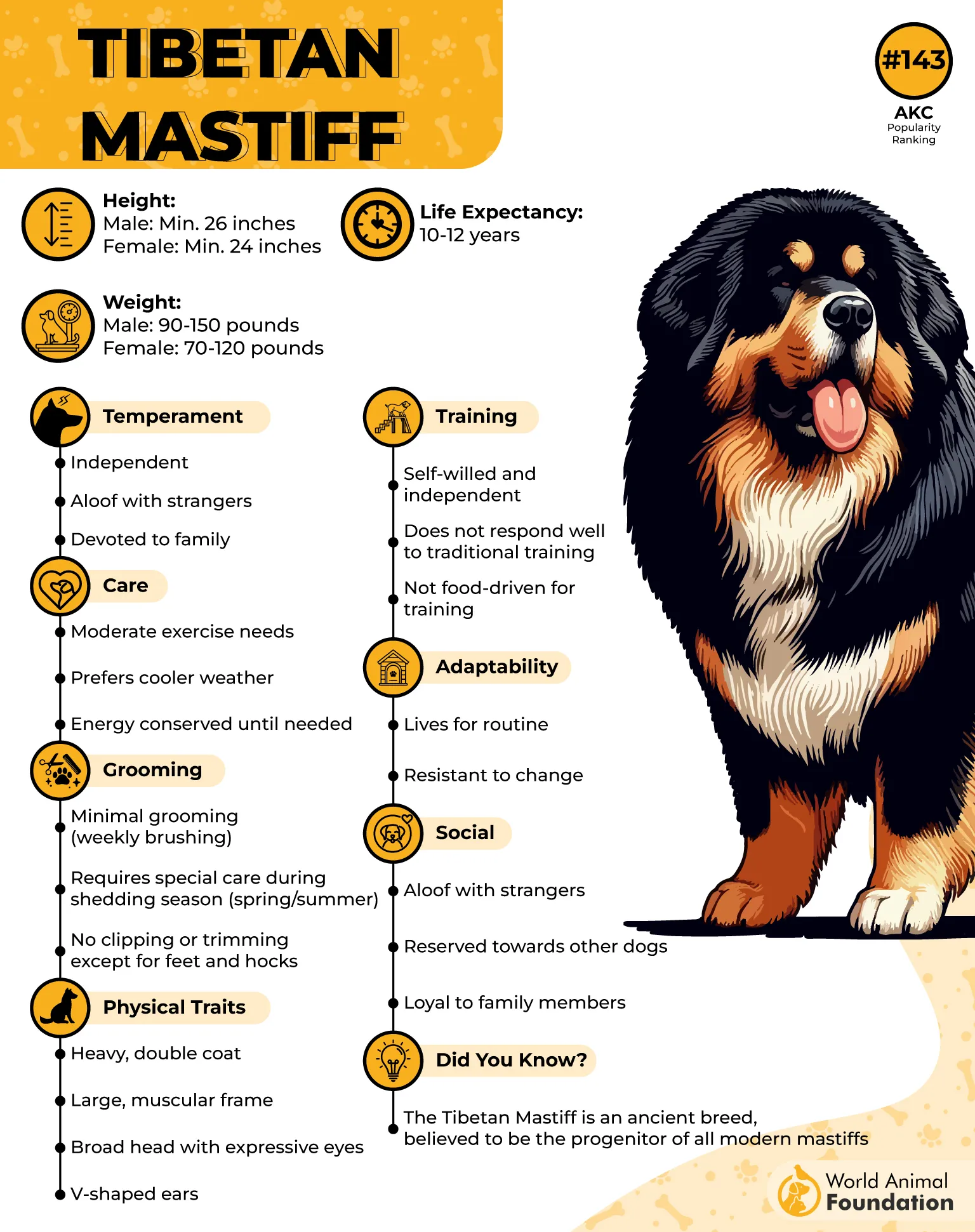
In packs, they’re an imposing, coordinated defense unit with the power to make wolves think twice (and maybe turn around altogether).
Quick Traits:
Thick double coat: Mountain-ready armor to handle sub-zero nights and predator bites.
Not a people-pleaser: Independent and serious—don’t expect him to roll over for treats.
Night Guardian Instincts: Alert and vocal when the sun goes down.
Intimidation Game = 100/10: Wolves often flee before things even get physical.
Tibetan Mastiffs have a thick, double-layered coat that needs regular brushing and makes them ill-suited for hot climates. While they’re strong and surprisingly agile, these dogs aren’t built for endurance, so don’t expect them to be your next jogging buddy.
They’re not ideal apartment dwellers either; Tibetan Mastiffs need space and a secure, fenced-in yard to roam and patrol. Without enough room or stimulation, they can become restless and destructive, often resorting to digging, chewing, or other boredom-fueled behaviors.
4. Kangal
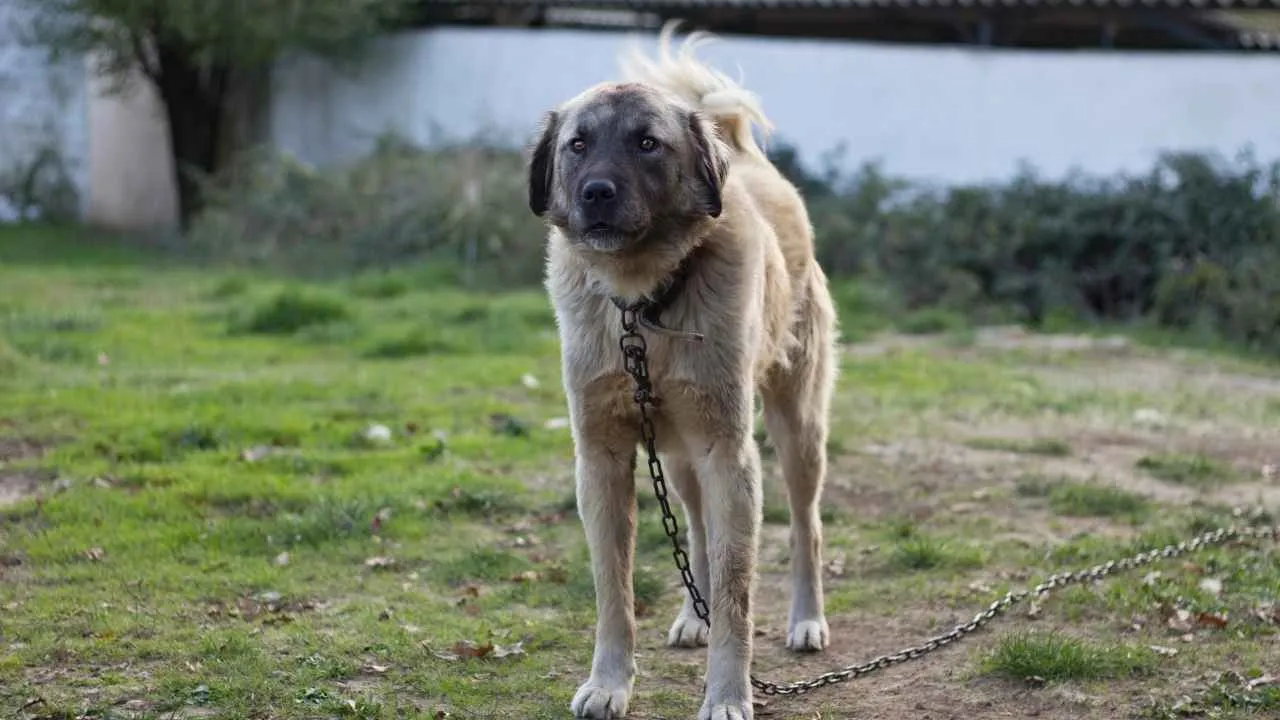
If dogs had their own martial arts belt system, the Kangal would be a black belt in wolf-fu. With the strongest bite force of any dog breed (think 700+ PSI—yes, stronger than a lion’s), the Kangal isn’t just about guarding livestock—it’s about sending predators running before a single fang is bared.
Born in the rugged terrain of Turkey, Kangals have long worked in packs to chase off—and occasionally confront—wolves, jackals, and even bears.
They’re confident, fast, and intimidating, but surprisingly gentle and affectionate with their humans. Think of them as the quiet kid in class who also moonlights as a bodyguard.
Quick Traits:
Bite Force Beast: Top-tier jaw strength, no kidding.
Pack-Friendly Protector: Known to work in tight sync with other Kangals.
Calm but Calculated: Doesn’t bark unless it needs to.
Livestock’s Best Friend: Will patrol your pasture like it’s a national border.
The Kangal Shepherd is mainly a guardian breed, known for its fierce loyalty and strong protective instincts toward family, livestock, and territory.
Though they can be reserved and wary of newcomers, Kangals prefer to engage on their own terms and usually don’t appreciate bold advances or unfamiliar touch from strangers. This is the kind of dog you don’t want to challenge… but you definitely want on your side.
5. Caucasian Shepherd
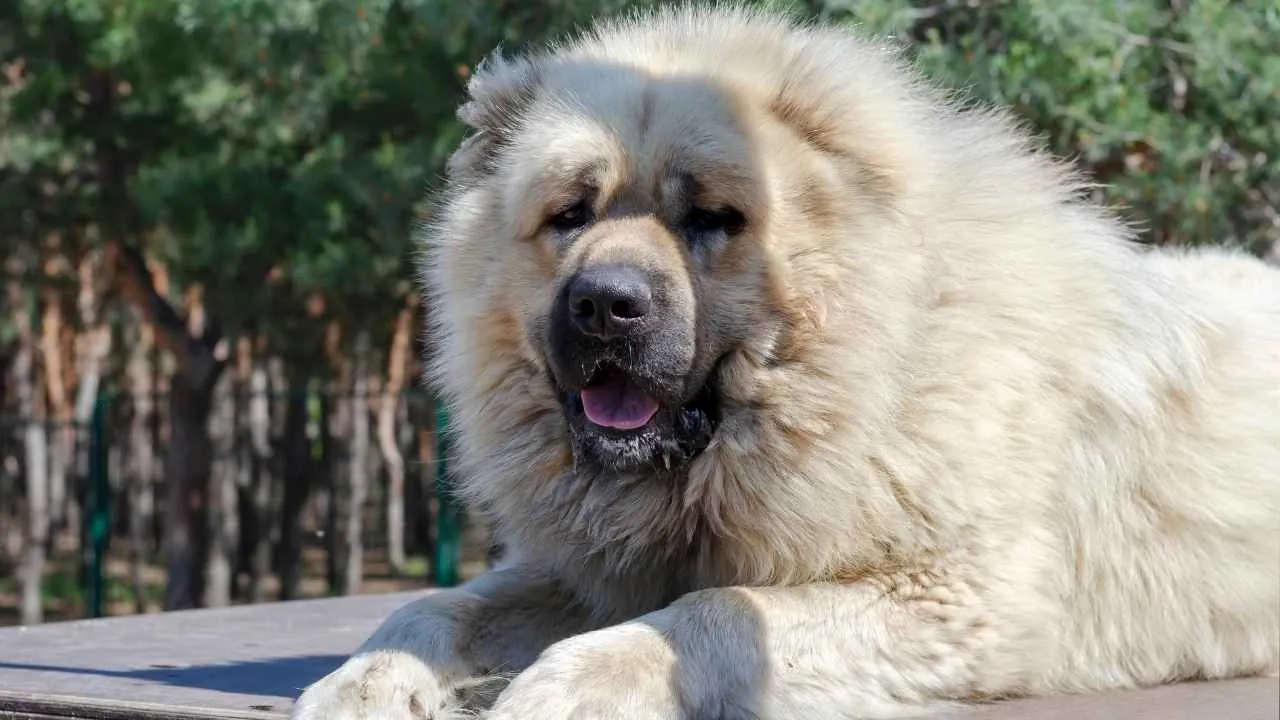
Nicknamed the “Russian Bear Dog,” the Caucasian Shepherd is part cloud, part fortress, and entirely badass.
Originating from the Caucasus Mountains, this breed was designed to fight off wolves, mountain lions, and yes, actual bears. Often working in groups, a pack of Caucasian Shepherds is like assembling your own Avengers team of livestock protection.
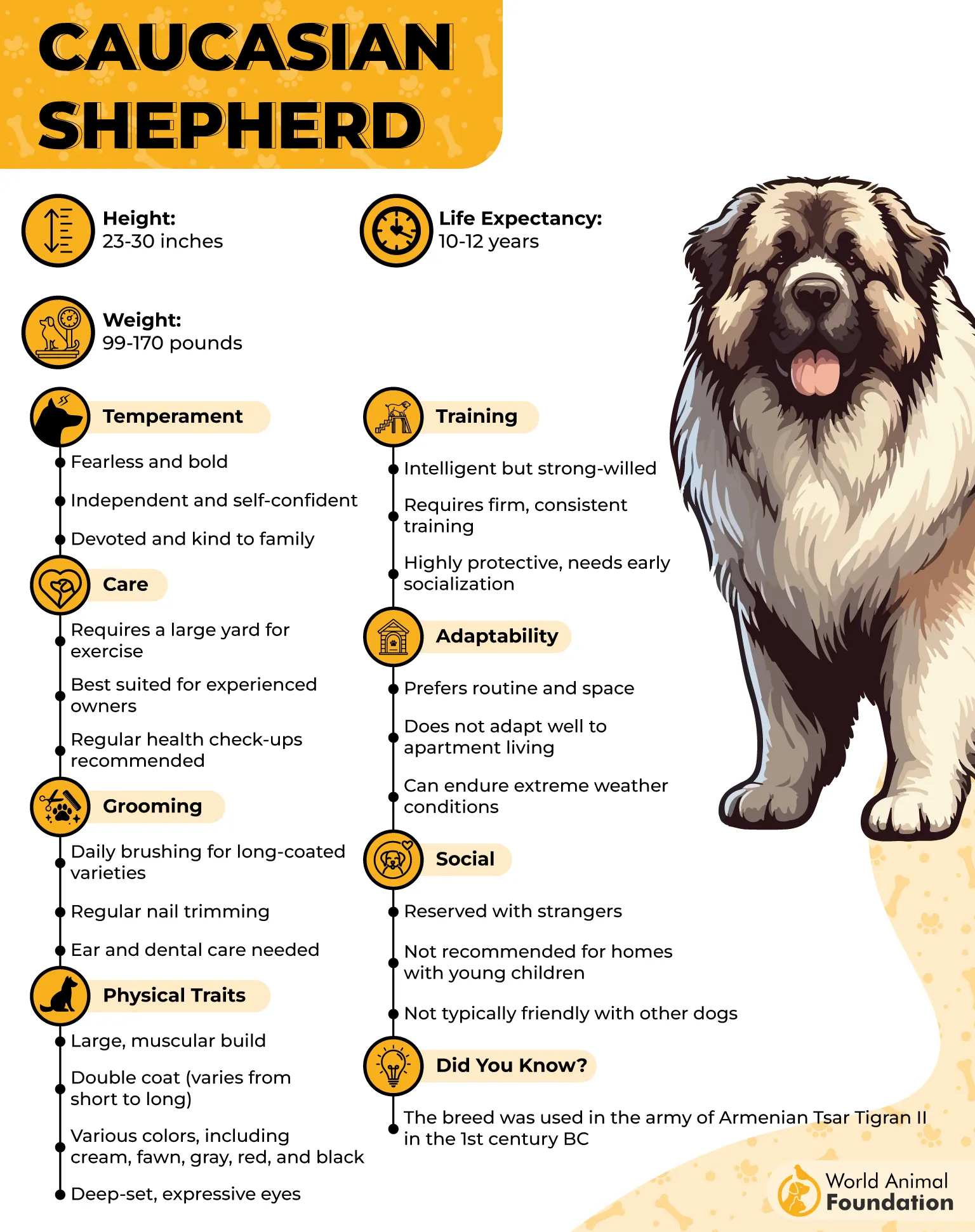
These dogs don’t just guard—they command. They assess, react, and defend with zero hesitation, especially when wolves or strangers threaten their flock (or family). And despite their intimidating size, they’re loyal cuddle-monsters with their people.
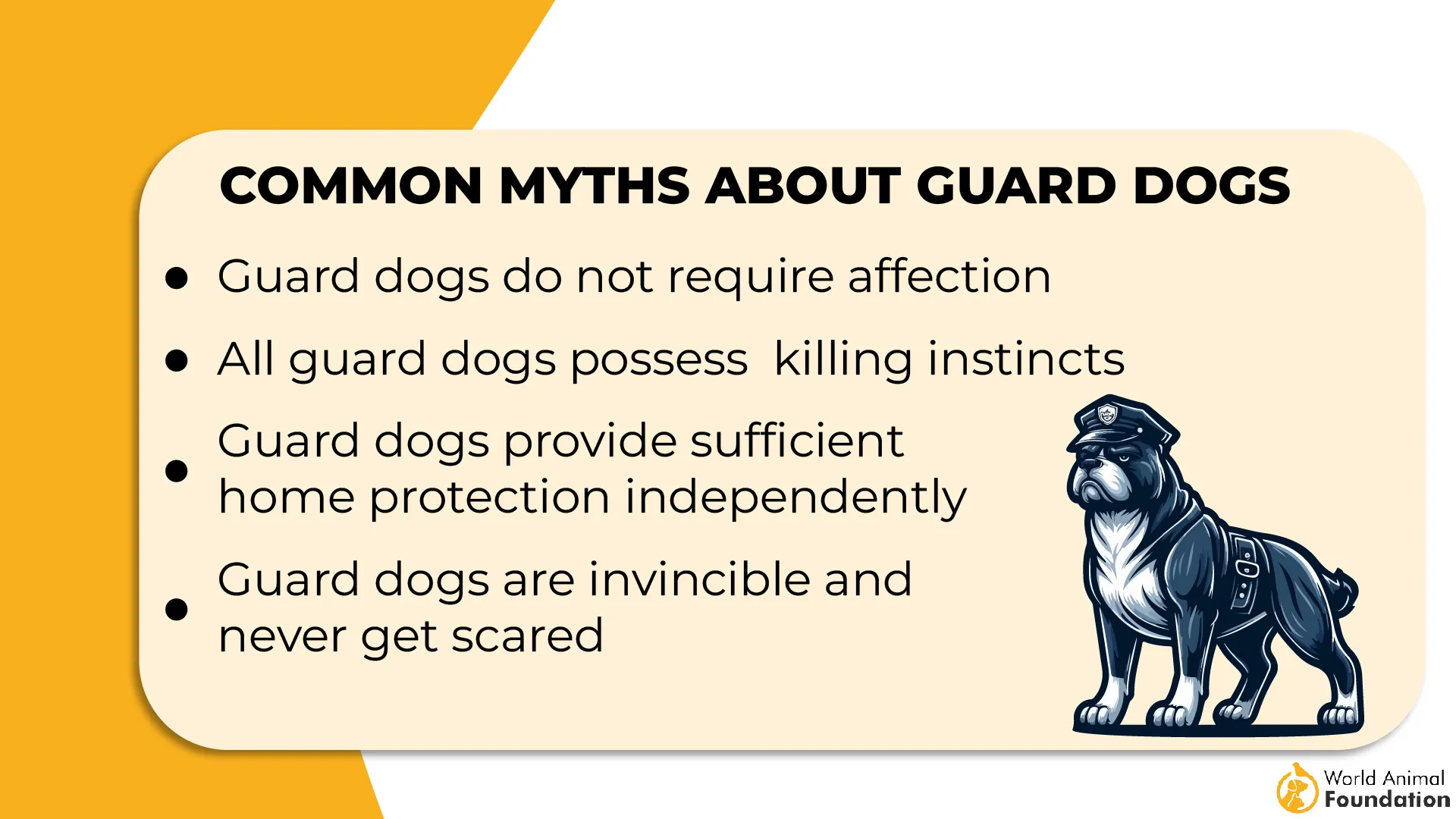
Quick Traits:
Massive & Muscular: Built like a tank. Moves like one, too.
Intensely Loyal: Will bond deeply—and defend fiercely.
Wolf-Stopping Power: Known to chase off or engage multiple predators.
Requires Experienced Handling: These dogs don’t follow—you lead, or you lose.
Today, especially in Western countries, Caucasian dogs are primarily kept as companion animals and watchdogs. According to the AKC, there’s considerable variation among Caucasian Shepherds, with different types emerging based on the specific regions they originate from.
Imagine a fluffy linebacker who doubles as a security system and occasional snuggle partner. That’s the Caucasian Shepherd.
6. Anatolian Shepherd Dog

The Anatolian Shepherd is the chess master of the guardian world—always thinking two moves ahead, and never backing down when it comes to defending the flock.
Bred in the harsh plains of ancient Anatolia (modern-day Turkey), these dogs developed the endurance and smarts to chase down wolves across massive terrain, usually in packs with fellow Anatolians or Kangals.
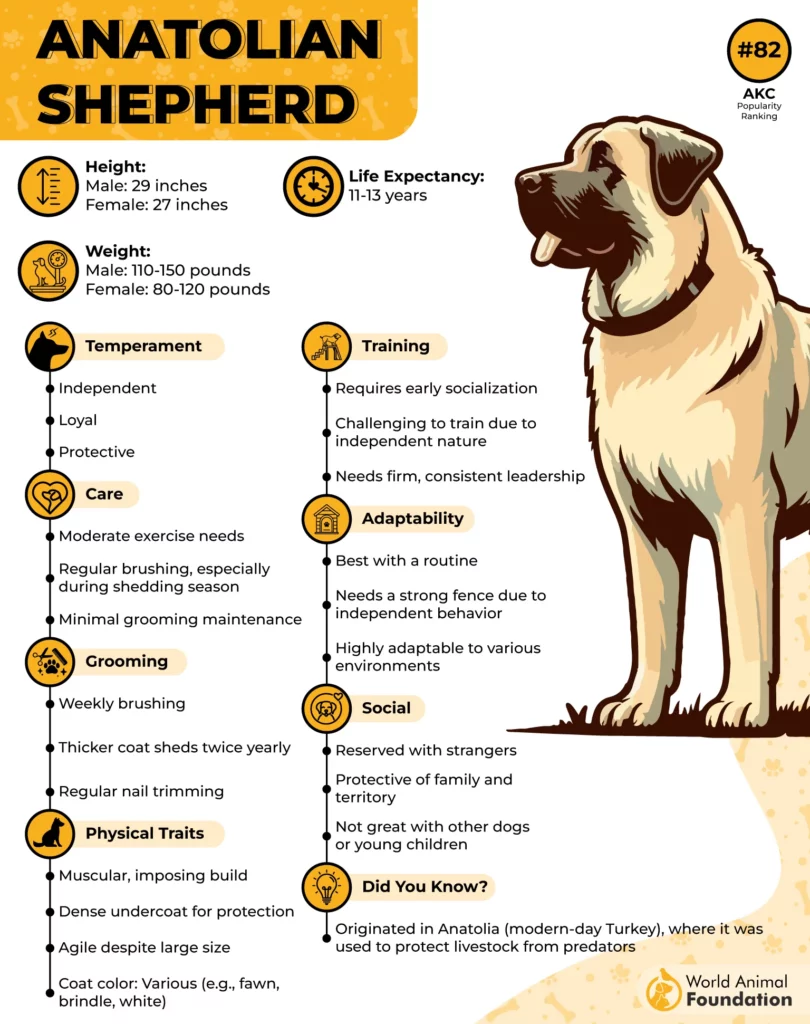
With their sharp instincts, speed, and unmatched stamina, they don’t just stand guard—they strategically eliminate threats. But when off duty, they’re surprisingly chill… as long as you’re not a predator.
They’re not the most openly affectionate dogs, often preferring to be independent and self-reliant rather than seeking comfort from others. That said, they do enjoy some playtime when the mood strikes.
Quick Traits:
Calm & Calculated: Doesn’t bark just to bark—there’s always a reason.
Endurance Machine: Built for long-distance patrols and nightly shifts.
Wolf-Wise: Knows how to read and respond to canine threats as a unit.
Independent Thinker: Will protect with or without human instructions.
With a strong protective instinct rooted in their livestock-guarding history, Anatolian Shepherds are loyal and gentle with children and familiar animals but tend to be cautious and reserved around strangers.
Anatolian Shepherds are true workaholics—if you’re looking for a couch potato cuddle buddy, this breed might not fit the bill. They’re protectors with a plan. And when teamed up with others? Game over, wolves.
7. Great Pyrenees

Don’t be fooled by the soft, snowy coat—beneath that fluff lies a serious wolf deterrent. The Great Pyrenees, or “Pyr,” is equal parts guardian and gentle giant.
Developed to patrol the rugged Pyrenees Mountains, these dogs were bred to live with sheep and fend off predators—all without needing human supervision.
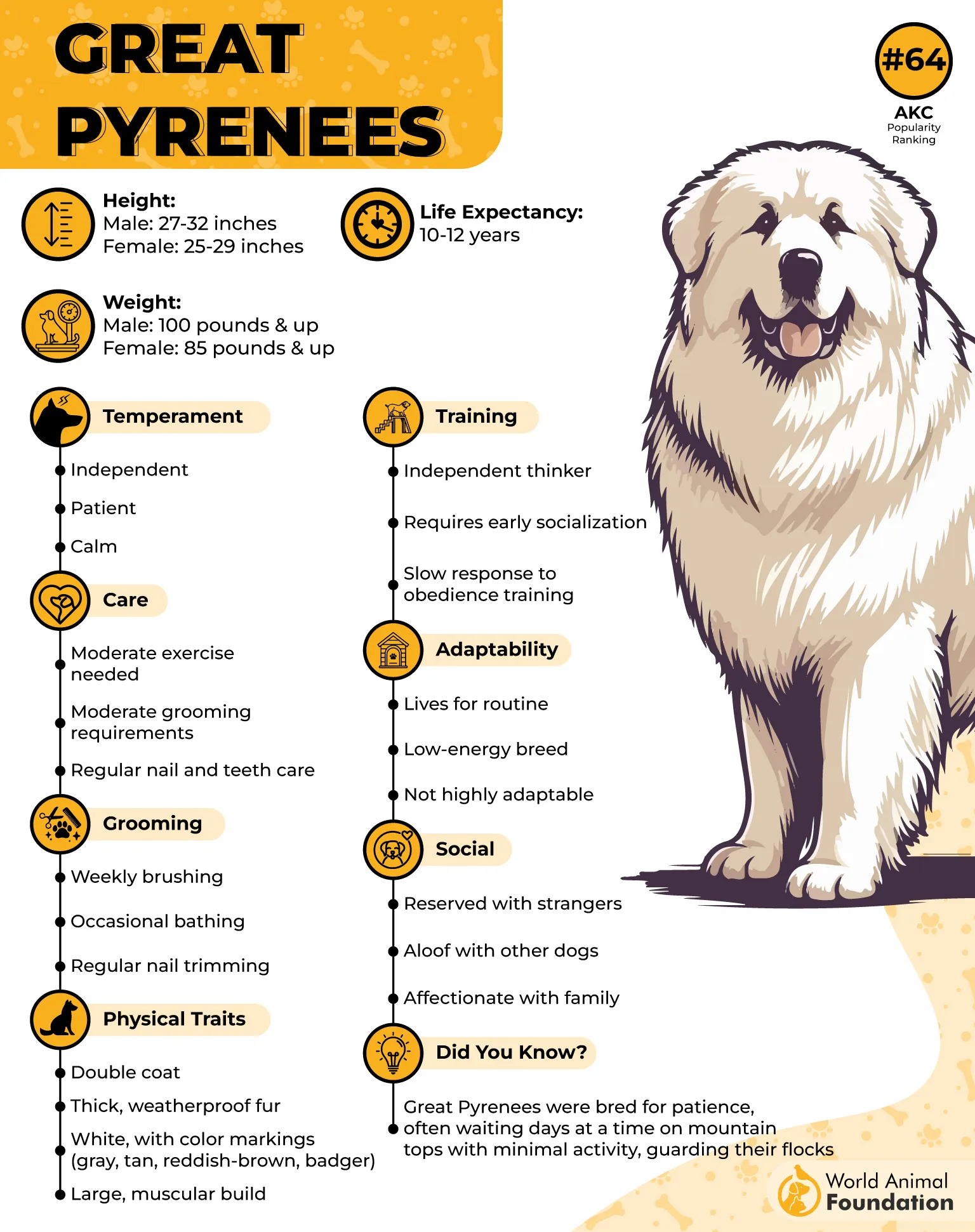
While they can work solo, Pyrs are even more formidable in packs. Their size, deep bark, and brave presence send a clear message: Not today, wolf. Despite their calm and regal nature around people, they flip into protective mode instantly if danger nears.
Quick Traits:
Silent Stalkers: Can patrol for hours without a sound.
Majestic but Mighty: Elegant with humans, fierce with predators.
Team Players: Will work alongside other dogs without ego.
Fluffy Armor: Their thick coat protects them in snow, rain, and wolf brawls.
Great Pyrenees don’t often shine in obedience competitions due to their strong streak of independent thinking. However, with patience and consistent training, they become well-mannered and reliable companions.
Naturally, they excel as livestock guardians and thrive in homes where they have the freedom to roam alongside farm animals.
Bonus: They’re known to make great nannies for kids. Just… maybe not great roommates for coyotes.
Conclusion
Dog breeds that chase down wolves in packs were originally bred as powerful, fighting dogs with strong prey instinct and the ability to protect livestock, food, and even human hunters. Breeds like the Irish Wolfhound and Greyhounds were specifically bred to pursue the gray wolf, while terriers and Border Collies helped control dangerous predators around the farm.
These domesticated dogs often worked together to take down one wolf or more, using powerful jaws aimed at the neck or head. Such a dog had to be fearless, capable, and determined—not just to chase, but to confront. Though domestic dogs today rarely face wolves, the instinct to protect, hunt, or even eat like their ancestors remains. Even cats weren’t always safe around these sharp-nosed guardians of the wild.


